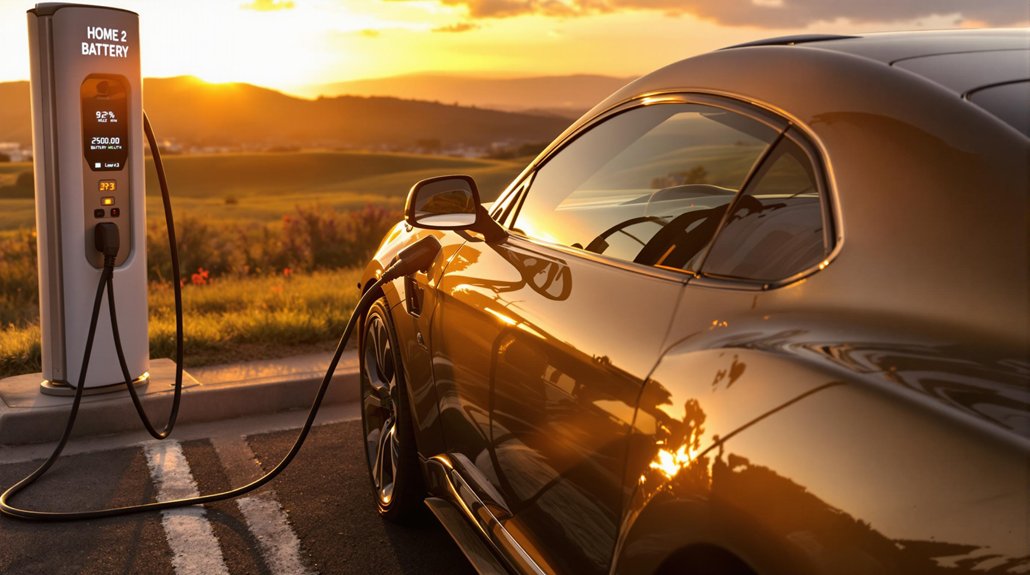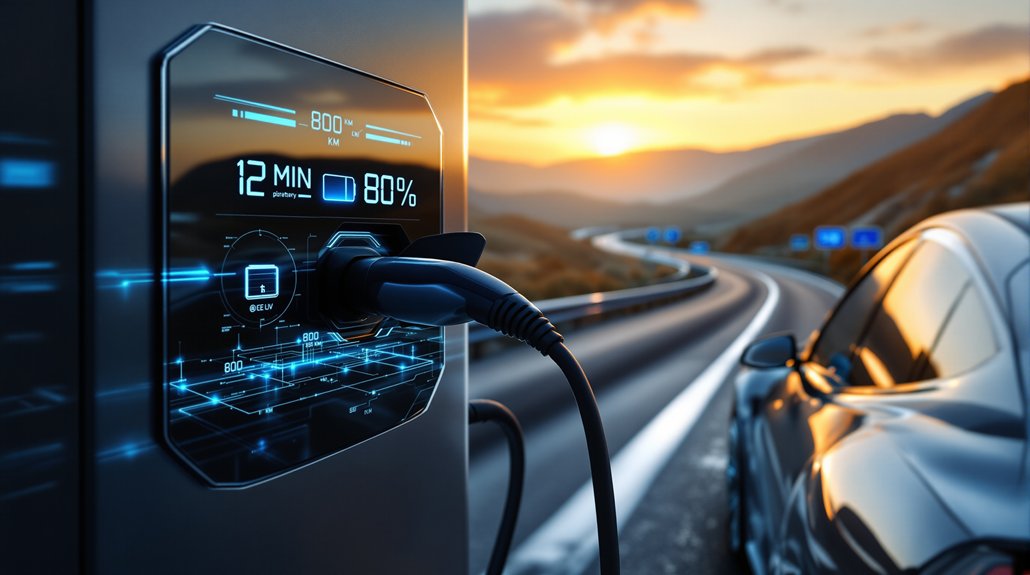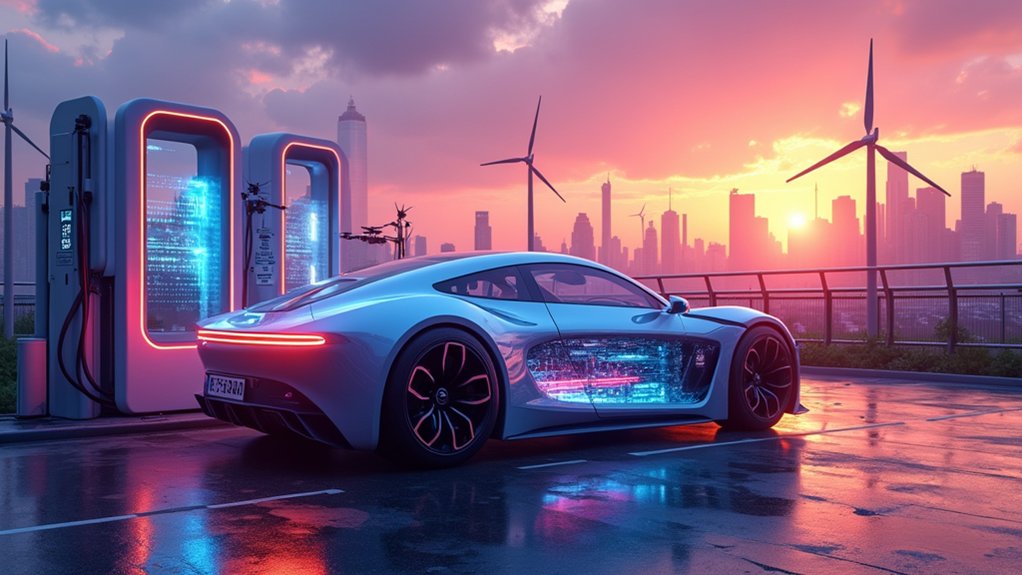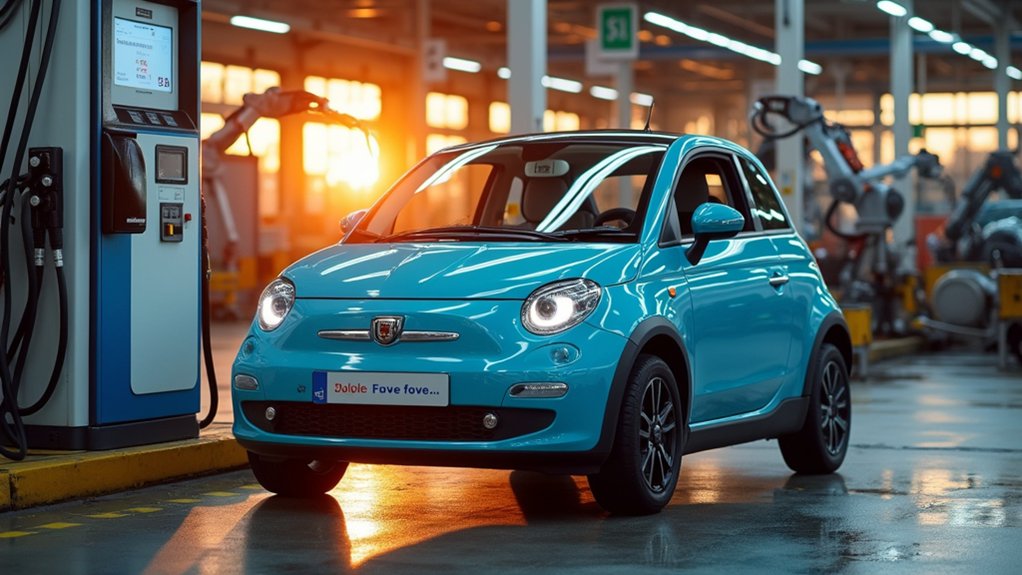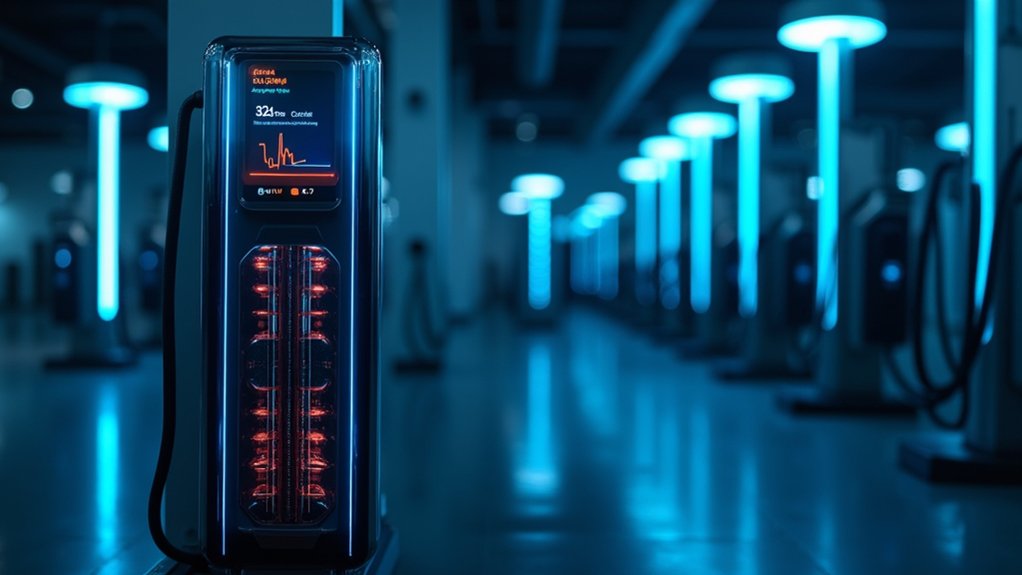Longevity, the ultimate measure of electric vehicle viability, has been dramatically validated by recent data from a high-mileage Ford Mustang Mach-E. The 2022 model has retained an impressive 92% of its original battery capacity after logging a quarter-million miles, decisively countering skepticism about EV battery durability in high-use scenarios.
The vehicle, driven approximately 230 miles daily over three years, has experienced only minimal range reduction—from an initial 306 miles to approximately 290 miles currently. This translates to roughly 1% annual degradation, aligning perfectly with industry expectations for modern EV packs. Ford’s engineering targets called for 90% capacity retention at 100,000 miles; this real-world example has substantially outperformed those benchmarks.
This Mach-E demonstrates exceptional durability with just 1% annual battery degradation—far exceeding Ford’s own engineering expectations.
What’s particularly remarkable is the charging regimen employed. The owner primarily utilized home Level 2 charging during off-peak hours, supplemented with occasional DC fast charging—sometimes twice daily. Despite this intensive fast-charging schedule, the battery has shown remarkable resilience, a demonstration of Ford’s thermal management system and charging protocols. The Mach-E’s performance counters traditional concerns that frequent DC fast charging would accelerate battery degradation.
Maintenance records reveal another compelling EV advantage: the original brake pads still retain 50% of their material after 250,000 miles, thanks to regenerative braking. The vehicle has required only basic maintenance—tire rotations, cabin filter replacements, and routine inspections. The sophisticated Battery Management System continuously monitors cell health and voltage balance, contributing significantly to the pack’s exceptional longevity. Five sets of tires over the quarter-million-mile journey averages to an impressive 60,000+ miles per set.
The financial equation proves equally favorable. Estimated fuel savings exceed $8,700 compared to a comparable AWD gasoline SUV, not accounting for additional savings from off-peak charging rates.
Ford’s standard 8-year/100,000-mile battery warranty covers less than half the distance this vehicle has traveled without incident. The company’s internal testing targets a minimum 10-year battery lifespan, but this real-world example suggests even greater potential longevity. This impressive Mach-E had the added distinction of reaching 250,000 miles with no repair bills whatsoever, a testament to electric vehicle reliability.
For an industry still battling range anxiety and battery degradation concerns, this high-mileage Mach-E provides compelling evidence that modern EVs can deliver extraordinary durability under demanding conditions.
